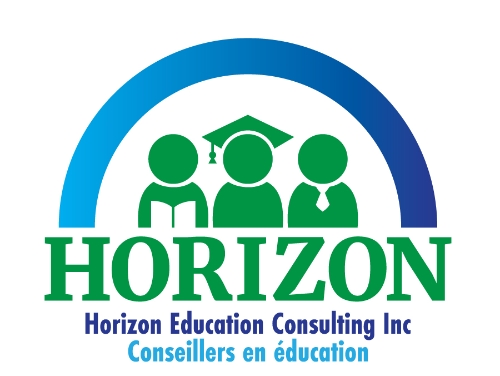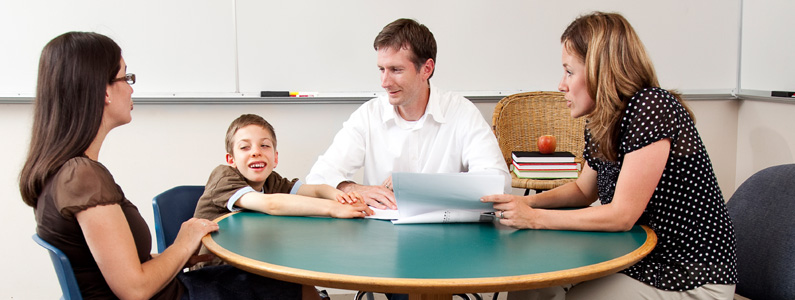On February 1st, 2013 the Ministry of Education released a new policy with regards to transition plans for all students with special needs who have Individual Education Plans (Policy/Program memorandum no. 156). All students from kindergarten to grade 12 must now have a transition plan completed as part of their IEP including transition plans for grade 12 students pursuing post-secondary education or transitioning into the workplace. Formerly, this transition plan was only done at certain transition points in a student’s career (typically grade 6 to 7, grade 8 to grade 9) but it was not consistent practice and was not always carried out or followed up between schools. All schools in Ontario must implement the policy by September 2, 2014.
The importance of the transition plan is to ensure a continuum of service, communication and support for a student who changes grade, program or school. With high turnover in school staffing nowadays, it is essential to have a documented plan of action as one education team passes the baton onto a new education team. If done effectively, there is seamless transition for the student, which reduces anxiety, stress and apprehension of a new learning environment.
What does a transition plan look like and what elements should be included?
Although it may depend on the child’s age and grade, here are the essentials:
- A meeting is set up between the sending school team and the receiving school team to discuss the student’s needs. For students formally identified by the Identification and Placement Review Committee (IPRC) of a school, this meeting usually happens at the yearly renewal date of IPRC.
- The student and parent are invited to visit the new school prior to the first day and meet the new teacher or teachers the student will have. A tour of the school or section is recommended so that the student can orient herself around on the first day. A timetable copy helps older students prepare to find classrooms in high schools.
- A key contact adult person is assigned to help the student if any problems are encountered.
- A key student is assigned to the student as a peer mentor to help as a guide.
- A resource room is shown to the student as a ‘safe harbour’ place to go if the student needs time away from the classroom or peers. This is particularly important for students under the autism spectrum.
- A communication plan is established (usually email is now the new standard) to keep the parent apprised of good and bad experiences, critical in the first couple of weeks of school. The key contact adult is usually the person who heads up the communication plan (homeroom/classroom teacher and/or resource teacher /Learning Support Teacher – LST)
- A safety plan is written if there is any chance of behavioural extremes occurring due to triggers that may be unforeseen. This plan is communicated to all staff in the school with parent approval.
- A student profile is written with parent approval and included in the substitute teacher folder, usually kept with a school secretary in case of teacher absence. Such a profile includes key information regarding positive strategies to use with the student, alerts the adult to possible triggers for the student, outlines particular physical, emotional or learning needs, has a copy of the safety plan, lists any medical issues and/or medication that the student needs to take.
- Any adaptive technology that the student uses for learning or communicating needs to be serviced, updated, delivered and set up in the new learning environment prior to the student’s arrival or shortly thereafter. Laptop computers assigned to students transfer with the student to the new school or new school board (if in Ontario) and remains a permanent loan until they leave the secondary school system at graduation, or at age 21 for higher needs students.
- From the age of 12 years, students should be involved in the IPRC process and the development and updating of IEPs and transition plans by participating at meetings, and being consulted on elements that are useful to their learning as well as goal setting for the new school year.
The IEP and the transition plan (usually the last page of the IEP document) are legal documents and as such are kept in the student’s Ontario School Record (OSR) file in the administrative section of the school. These files are private and confidential but may be viewed at any time by the parent or student, regardless of age, by appointment request to the principal. The parent authorizes the contents of the OSR file and can request reports to be added or removed at any time, by written request. Students 16 years of age and older are legally required to attend the IPRC meeting and sign their own IEP in addition to the parent.
The IEP with a completed transition plan is the student’s learning insurance plan that follows them through the school system from entry to exit and is an evolving, working document that should prevent students from falling through cracks in the education system.
To view the Supporting Transitions for Students with Special Education Needs policy go to http://www.edu.gov.on.ca/extra/eng/ppm/ppm.html
For further questions or information contact
Monika Ferenczy, OCT, MEd.
Education Consultant



